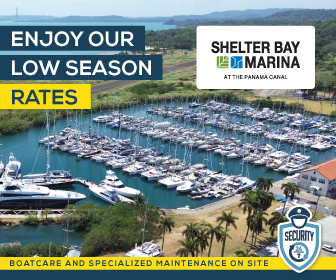Houston/Galveston - General Info
Description:
Houston is a sprawling metropolis on the western side of a large bay. The bay lies behind two barrier islands (Galveston Island and the Bolivar Peninsula) and is split into two large lobes: Galveston Bay (west) and Trinity Bay (east). Like elsewhere on the Gulf Coast of the United States, this area is serviced by the Intracoastal Waterway (ICW).
Houston is one of the largest cities (by area) in the United States and is, by far, the largest city on the Gulf Coast outside of Florida. Among many other things, it is famous for being the control center for nearly all the NASA manned space flight missions. Even more so than Cape Canaveral, this area offers more touristic and educational opportunities: whilst the Space Coast is where the rockets were/are launched, there is less to see there (touristically speaking) than the Houston Space Center and the Johnson Space Flight Center.
Many of the facilities and yachting services are centered around Clear Lake – specifically near the suburbs of Kemah and Seabrook. Most of the large marinas in this area are only a short taxi ride away from the Space Flight centers.
Galveston is a city on Galveston Island. Galveston has a major cruise terminal. The cruise terminal has bunkering facilities for larger yachts, but otherwise, there is only one yacht basin. It is the closest major marina to the sea.
There is also a major industrial port (oil exports) in Texas City. This port has absolutely no facilities for private yachts. There is a US Coast Guard security/exclusion zone near the port and yachts should not approach this area for any reason.
Galveston Bay/Trinity Bay and Mobile Bay are similar in many ways; however, whilst Mobile Bay receives most of the yachting traffic due to its proximity to Florida and access to the inland waterways/rivers, Mobile has arguably less variety in cruising opportunities. Also, Houston is highly developed, has far more marinas, and anchorages are plentiful.
There is a prevailing southerly and easterly wind in the bay area. North-northwesterly winds are less common.
Position:
29° 19.95’N, 94° 40.70’W (entrance to Galveston Bay)
Read and Post Related Comments
If you have information for this section, or feedback on businesses used, please let us know at editor@noonsite.com. We also welcome new information about businesses you have used (see Related Businesses).
Next Section: Profile: Clearance
Related to following destinations: Gulf Coast, Houston/Galveston, USA
Port Navigation
Courtesy Flag Discounts


YachtFlags.com provides high quality courtesy flags that are manufactured in durable Knitted Polyester fabric. Knitted so that the fabric itself does not deteriorate in the constant movement that marine flags are usually exposed to, and polyester so that the flag does not weaken in the strong UV-light usually found in the main sailing areas of the world.
YachtFlags.com offers a discount to Noonsite members.
Use the coupon code NOONSITE-5A2B when checking out to get 10% off today.
Buy Now On YachtFlags.comMain Ports - USA
Courtesy Flag Discounts


YachtFlags.com provides high quality courtesy flags that are manufactured in durable Knitted Polyester fabric. Knitted so that the fabric itself does not deteriorate in the constant movement that marine flags are usually exposed to, and polyester so that the flag does not weaken in the strong UV-light usually found in the main sailing areas of the world.
YachtFlags.com offers a discount to Noonsite members.
Use the coupon code NOONSITE-5A2B when checking out to get 10% off today.
Buy Now On YachtFlags.com




Feb 12, 2019 10:32 PM
Great anchorage in Offats Bayou. Dinghy to Moody Gardens and check out the park or over to Hooters for dinner. Great holding mud bottom and has decent protection.